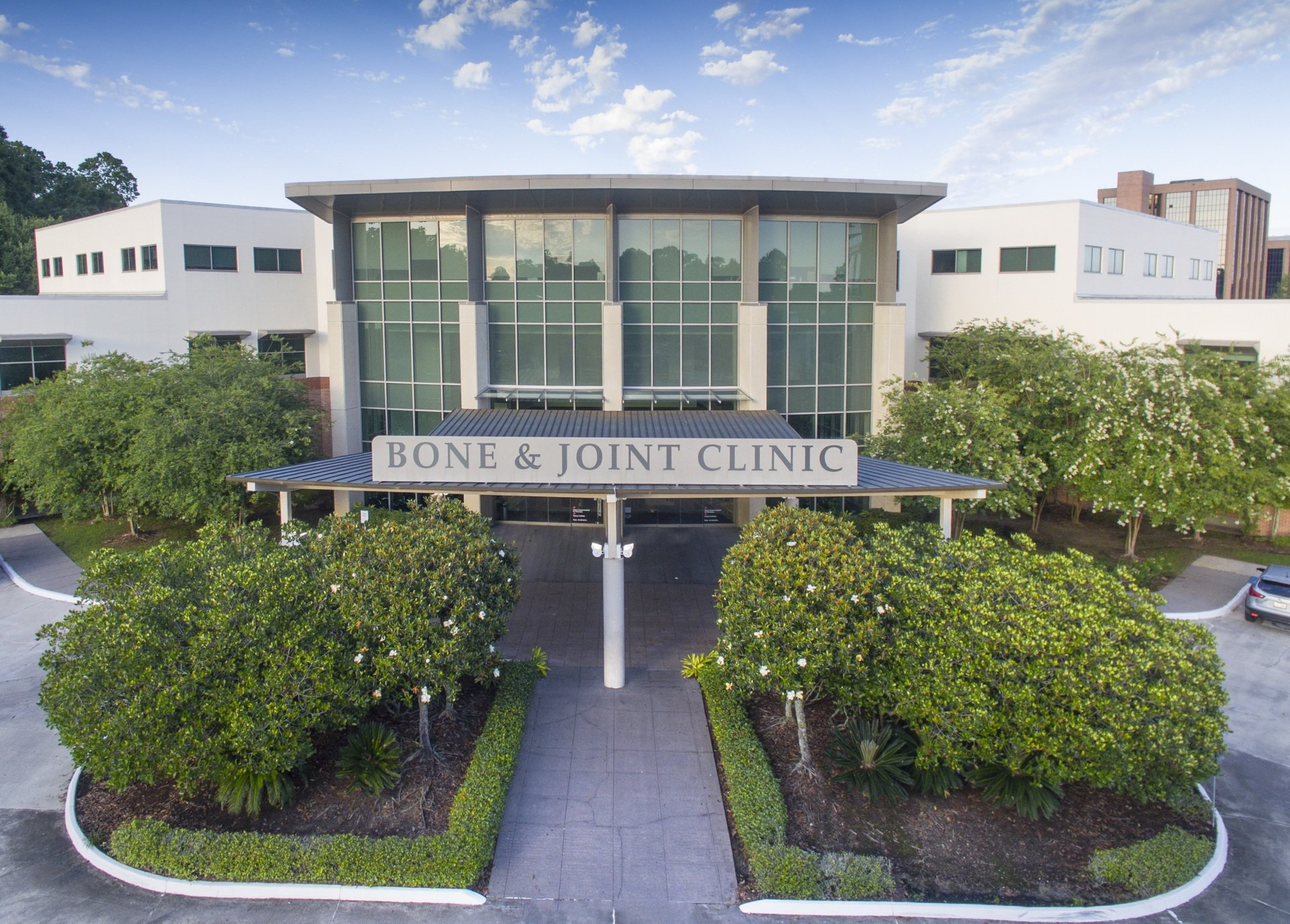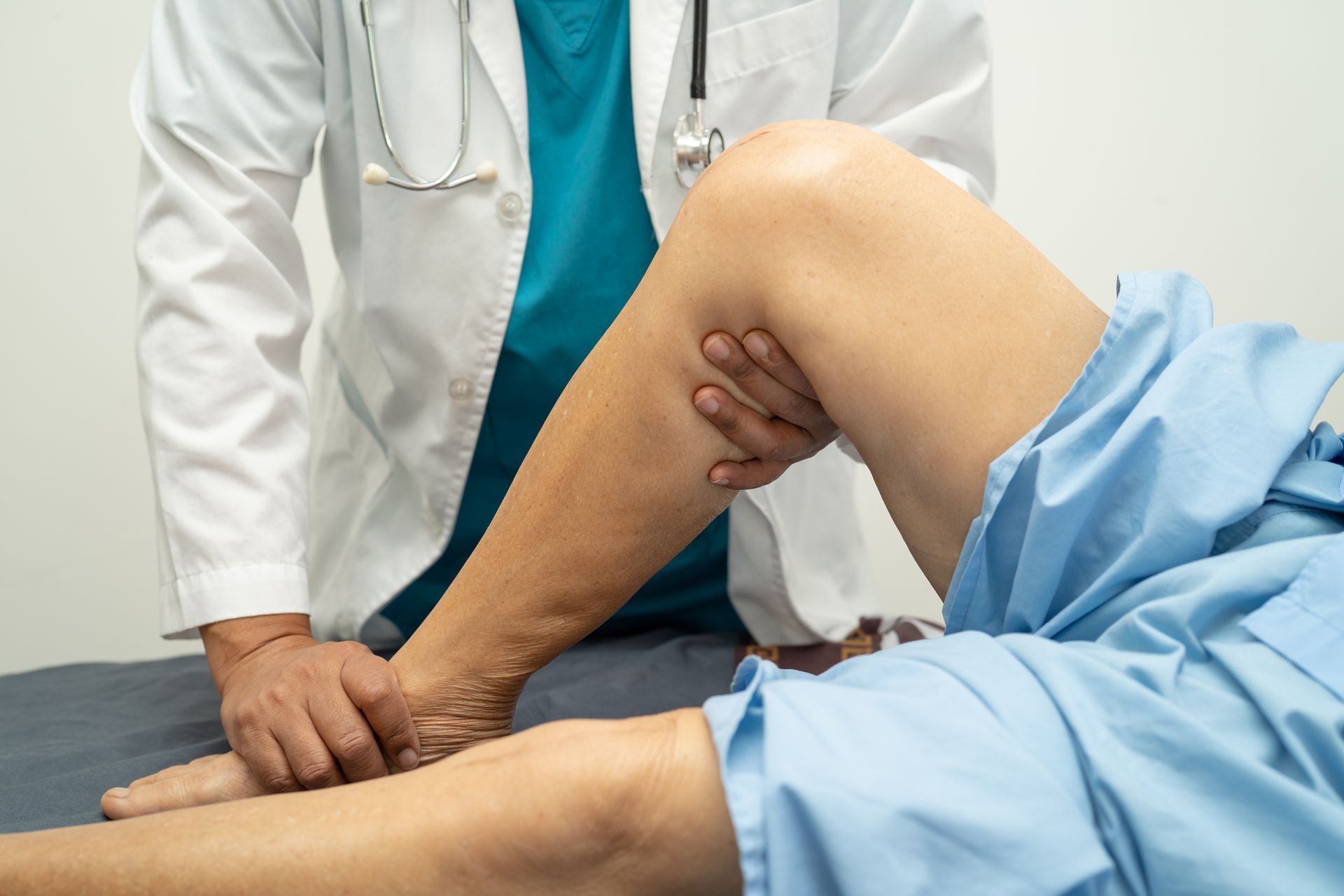Shoulder pain is one of the most common complaints among adults, with approximately 25% of individuals experiencing it at some point in their lives. It can be caused by a variety of factors, including injury, overuse, and underlying medical conditions. One specific type of shoulder injury that is becoming increasingly recognized is the Superior Labrum, Anterior to Posterior (SLAP) tear, or labrum tear. These types of injuries are responsible for 4% to 8% of all shoulder injuries and can cause significant pain and discomfort, as well as a decrease in range of motion and overall quality of life.
The "L" in SLAP refers to the glenoid labrum, a crucial component in shoulder stability. It cushions the upper arm bone and connects the shoulder blade socket to a bicep tendon. When the top part of the labrum tears, the upper arm bone loses its cushioning, and the bicep tendon loses its connection, causing shoulder pain and instability. These tears can happen gradually over time or due to acute injury, often occurring in sports or activities that involve repetitive overhead motion.
What are the Causes and Symptoms of SLAP Tears?
SLAP tears stem from chronic injuries in sports or activities requiring overhead motion, acute injuries from falls or sudden movements, or natural wear and tear associated with aging. Symptoms include persistent shoulder pain, discomfort during specific movements, popping sensations, and a feeling of shoulder instability.
Diagnosis and Treatment Options for SLAP Tears
To confirm the diagnosis, they typically perform a physical examination to evaluate the range of motion, strength, and stability of the shoulder joint. Imaging tests like MRIs can also provide a clearer picture of the extent and location of the tear.
Once the diagnosis has been confirmed, healthcare providers consider various factors to determine whether surgery is necessary. Tear classification, age, and activity level are among the key factors that can influence the decision to recommend surgery. For instance, a younger patient with an active lifestyle may require surgery to repair a severe tear that affects their ability to perform daily tasks or participate in sports. On the other hand, an older patient with a less severe tear may be able to manage their symptoms with non-surgical treatments like physical therapy or corticosteroid injections. Previous treatments and the patient's overall health also play a role in the decision-making process.
Types of SLAP Tears
There are different types and subtypes of SLAP tears, but Type 2 is the most common. This type involves a tear in the labrum and bicep tendon from the shoulder socket, resulting in shoulder pain, instability, and weakness. It is important to receive a proper diagnosis and treatment for this type of injury, which may include physical therapy, medication, or surgery.
What are treatment options for SLAP tears?
Depending on the severity of a SLAP tear, the recommended treatment may vary. Rest and physical therapy can be enough to help the tear heal in some cases. This approach involves avoiding activities that aggravate the shoulder, performing exercises to strengthen the muscles surrounding the shoulder joint, and taking over-the-counter pain relievers as needed. However, if the tear is severe or does not respond to conservative treatment, surgery may be necessary. During surgery, the torn labrum is reattached to the bone using sutures or anchors, which can help improve shoulder stability and reduce pain. The best course of treatment for a SLAP tear depends on multiple factors, including the patient's age, activity level, overall health, and the severity of the tear. Neglected SLAP tears may worsen and lead to chronic shoulder pain and reduced arm mobility. It can take anywhere from six months to a year to recover from a SLAP tear.
SLAP tear treatment requires patience and thorough rehabilitation. Seeking assistance for any difficulties, including emotional challenges during recovery, is essential for a comprehensive recovery plan. The expert staff of orthopedists and shoulder specialists at Bone and Joint Clinic of Baton Rouge are here to help. If you have a shoulder injury it’s important to see an experienced doctor treat your injury and get you back in action.


7301 Hennessy Blvd.
Suite 200
Baton Rouge, LA 70808
tel: (225) 766-0050
fax: (225) 766-1499
Bone & Joint Clinic of Baton Rouge, Inc. complies with applicable Federal civil rights laws and does not discriminate on the basis of race, color, national origin, age, disability or sex.
Click to view our notice.
Bone & Joint Clinic of Baton Rouge | All Rights Reserved.


